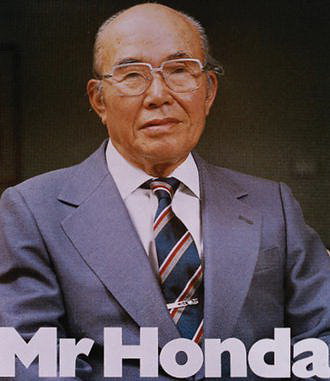Having taken a sophomore-level English class before, I had low expectations for how interested I would be with this class. I was surprised to find that the class was engaging and fun to be in during group discussions. The quick-writes and the blog post discussion helped me understand what everyone else in the class was thinking about while they were writing. It helped me understand how they write, and it helped me understand how I write as well.
I’ve had a lot of experience writing narratives. Fan fiction is a good source of entertainment for me, both in reading and writing. I use it as an outlet when my head gets too full of ideas. I took a break from writing any during the summer since this writing class was making me write and helping me clear my mind. That’s what I think writing does for me: it clears my mind. I never really thought about this before entering this class, but writing helps me. I enjoy it whereas most students see writing as just another assignment to be done.
Because of my work with fan fiction, I already have a little experience with web-based writing. When the first pieces of fan fiction were first written, the Internet hadn’t been invented yet so they were shared locally and at conventions. Star Trek is usually recognized as the first well-known series to have fan fiction written about it. Today, almost all fan fiction writing is done on computers and shared electronically. Fanfiction.net is probably the most well-known online source for sharing and reading fan fiction. It houses literally millions of stories from hundreds of different series written by authors from all over the world.
Despite my experience with fan fiction, I have never extensively used a blog for any kind of writing. My previous sophomore English class dabbled in some Twitter posts, but blog websites like WordPress and BlogSpot were left alone. I have learned to appreciate what the Internet is doing for us now. Using literally hundreds of different websites, we can share our opinions, thoughts, and daily lives with millions, even billions, of people. What amazes me is that all of this is done without a second thought, as if it were the most normal thing in the world.
This class has helped me greatly to realize the importance of my writing voice. When it comes to narratives, it’s easy to overlook the author’s voice because it gets masked by the characters of the story. Analysis and research papers allow the author’s voice to reach directly to the audience, giving it a much more important place in those writing styles. I’ve never really paid attention to my writing voice outside of my narrative work. For high school- and college-level essays, teachers and professors tend to want a stoic, nearly emotionless writing style that meets the criteria and doesn’t exceed it. In retrospect, that kind of expectation is harmful since it gives the impression that the real world won’t want you to exceed expectations.
My writing voice is certainly a weak point for me. My mindset defaults to the simple, guided essay that everyone was taught in middle and high school. We were all told that using first person point-of-view is the worst thing for any kind of paper, but that keeps the author from really connecting themselves with what they’re writing, especially in an argumentative essay. Being unable to use the first person handicaps the author and prevents them from really expressing their own true feelings. No matter how much research you have to back up a claim, it doesn’t help if you can’t get the words out.
Research papers have always been my weak point. Especially for papers that require a set amount of sources to use, I have problems finding sources. I tend to choose topics that either don’t have any kind of written sources or the sources deal with a very similar issue that kind of skirts around my topic without mentioning it. Narratives, on the other hand, have always been my strongest writing style. I can’t write a narrative from scratch like a professional author, but if I can have some kind of premise to start with or character to borrow, I can crank out narratives like there’s no tomorrow.
For example, in my high school English class, we were required to write a narrative that resembled a Native American folk tale dealing with the creation of the earth. While everyone groaned and whined about the assignment, I had already begun forming the premise of exactly what I wanted in my head. I borrowed the idea of the creator being a wolf from a video game I had been playing at the time, and I set up a monologue for the creator-wolf character to speak without anyone to answer. This solitude would give the wolf reason to create the earth so that he would have companionship. The ideas flowed easily for me, whereas my classmates had trouble wondering where to even begin.
For me, writing is an escape. It helps me release pent up feelings in a way that doesn’t harm anyone. And web writing, like fan fiction, can even help other by providing entertainment. Despite my irritation for research papers, I still find that I enjoyed the process once I look back over them, particularly is I chose an interesting topic that will get the readers’ attention. Because I enjoy writing, it’s easy for me to enjoy reading as well. I can understand my own work that much better because of that.


